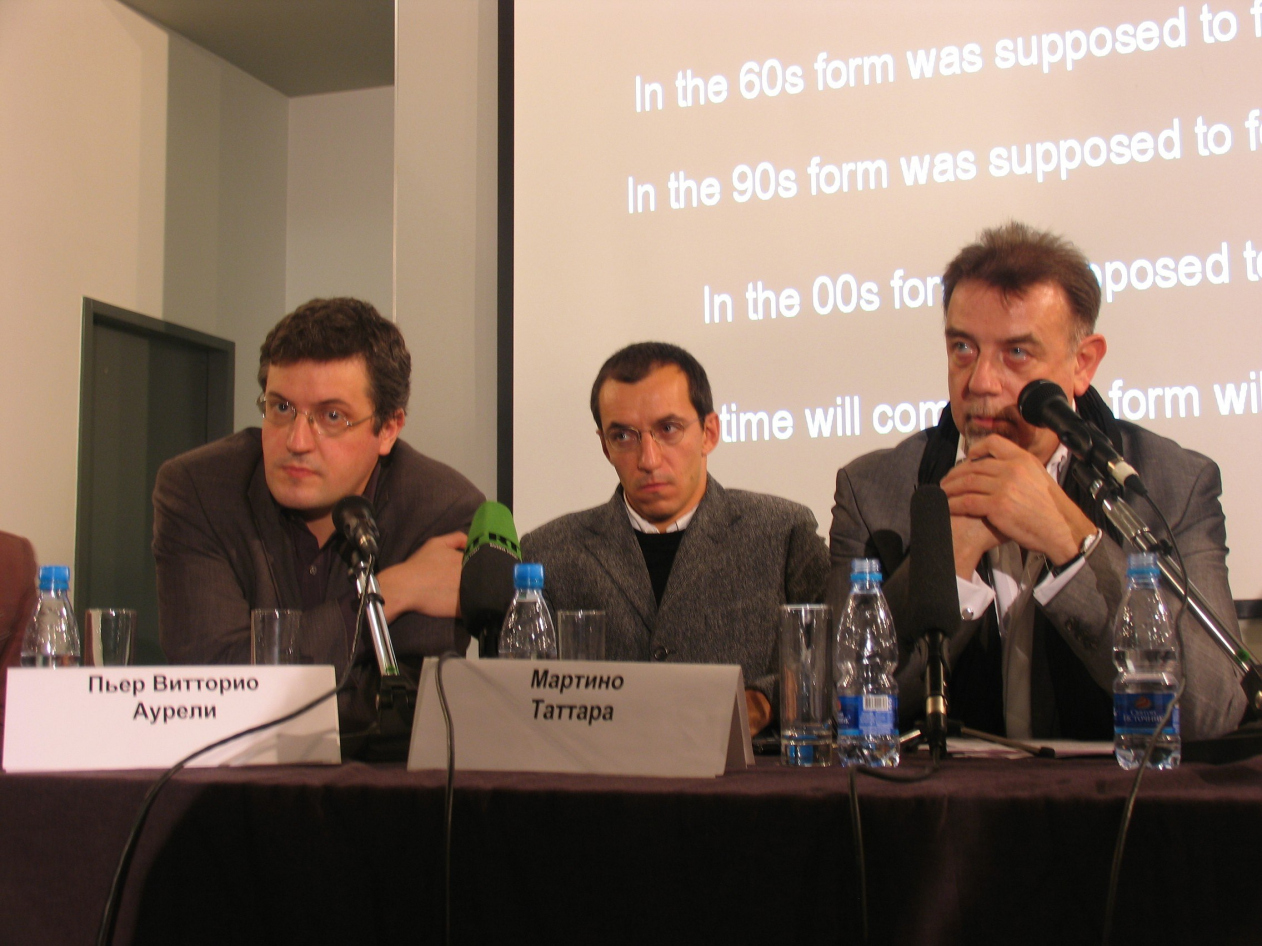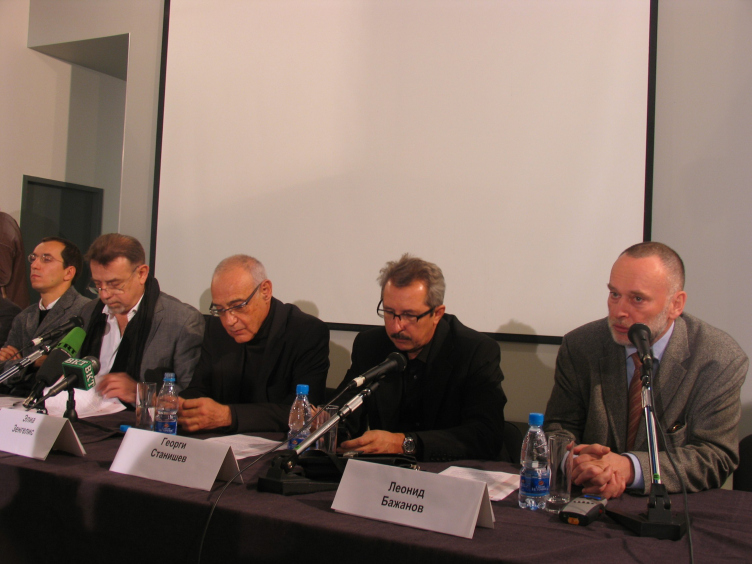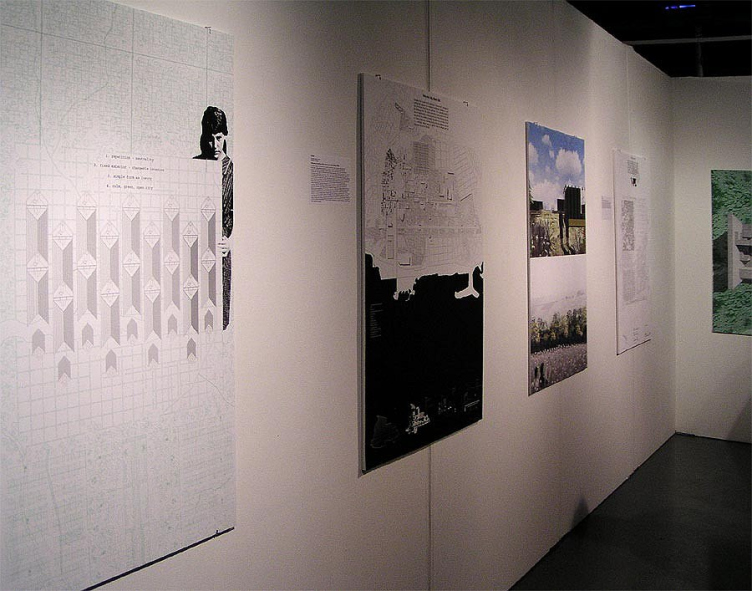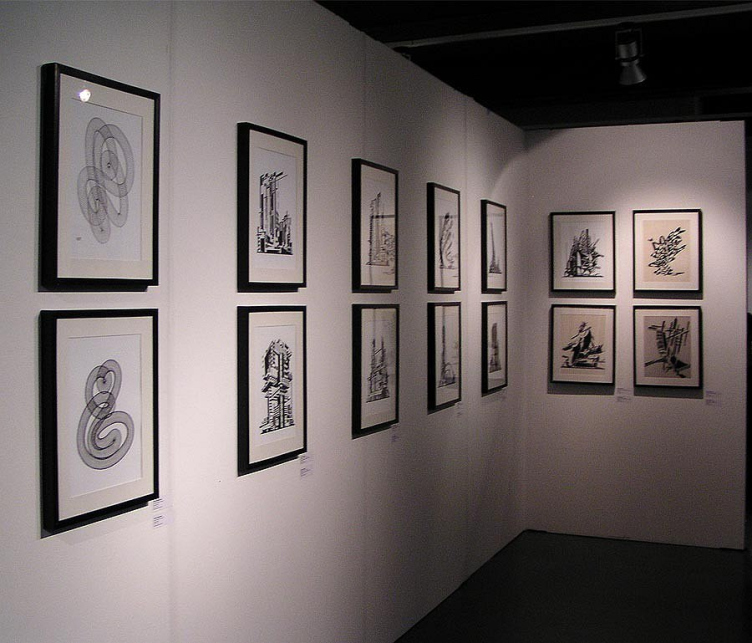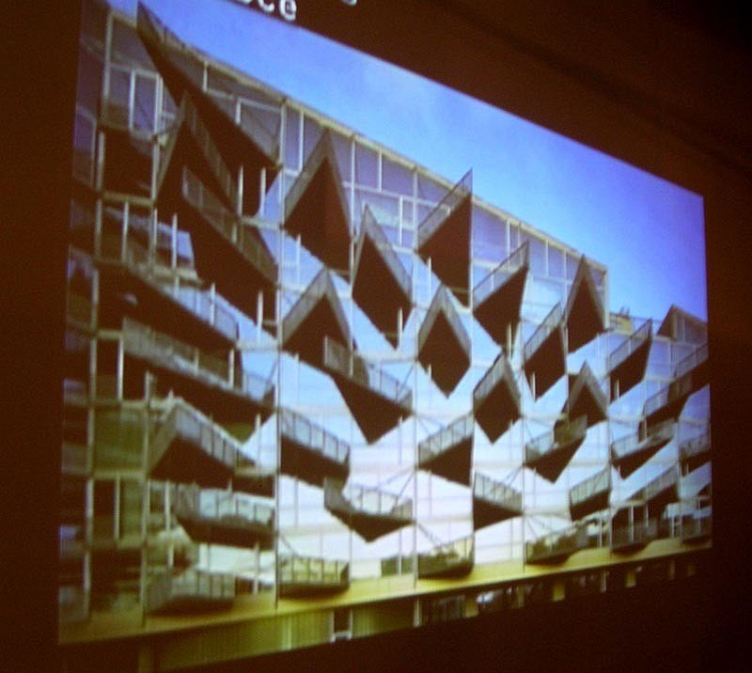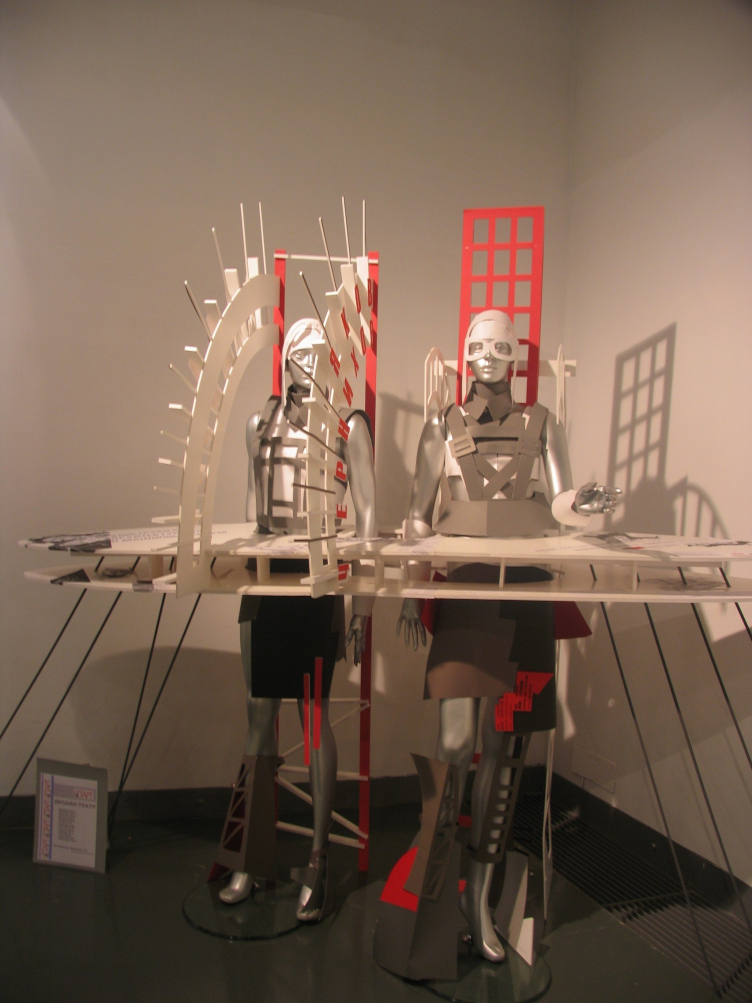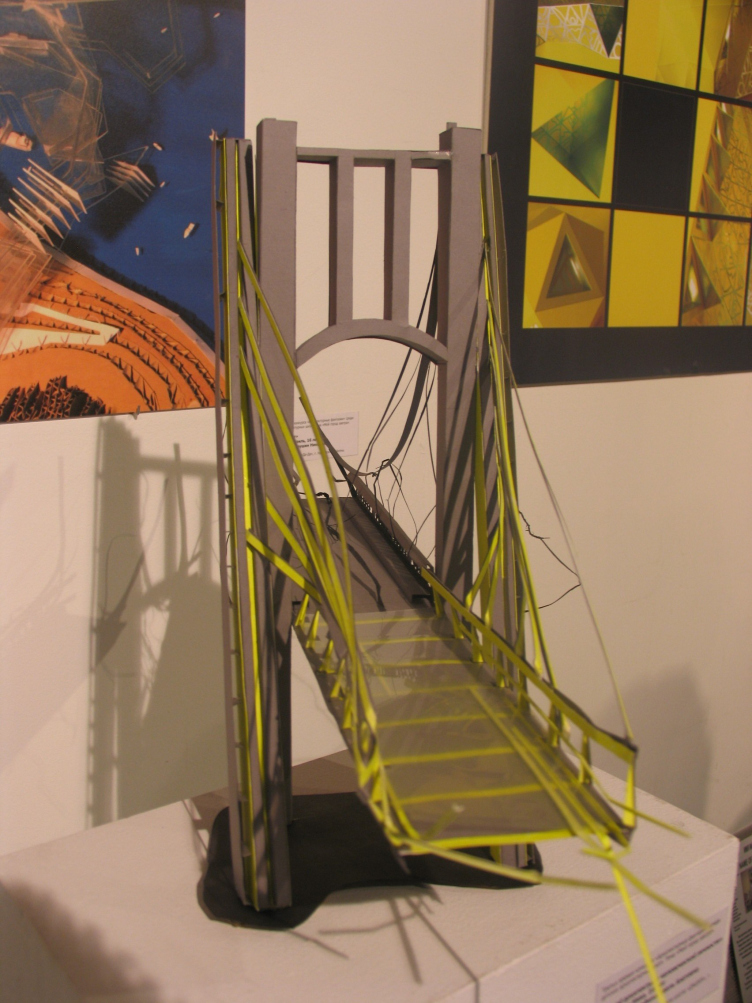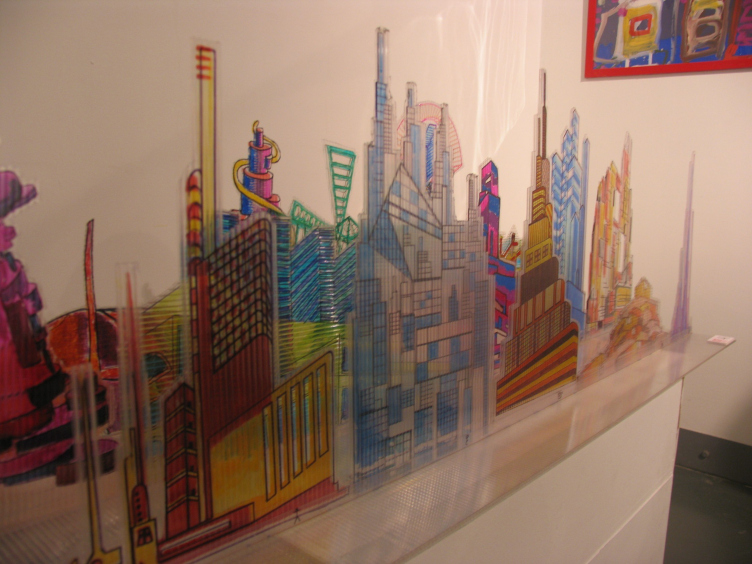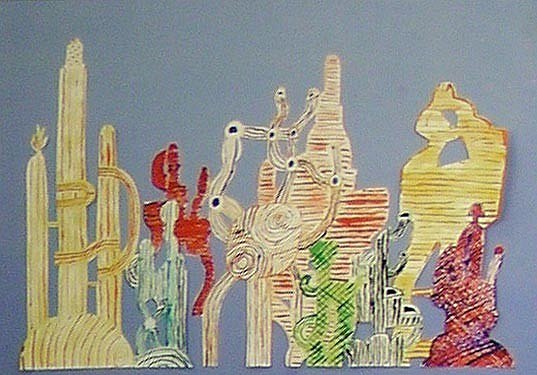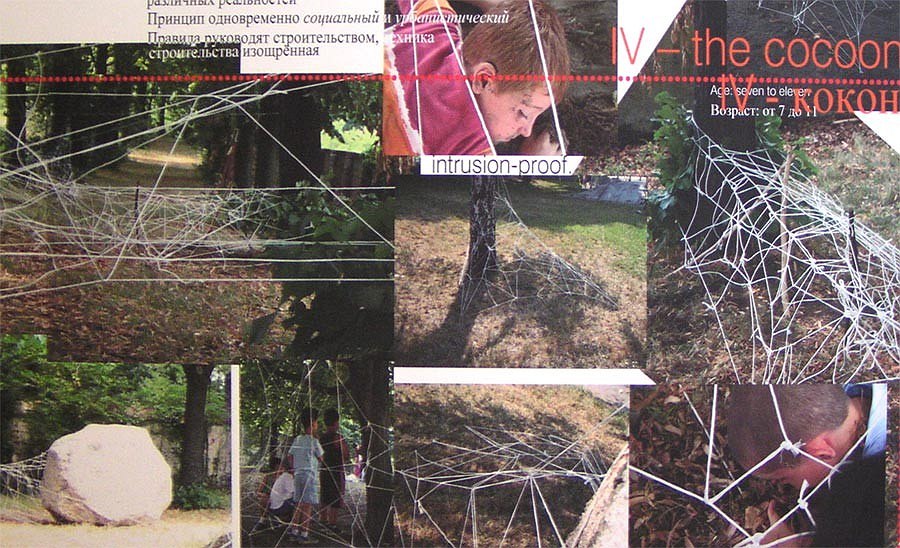Not worse than Pritzker
Today in stylish and cozy hall of national centre for contemporary arts the exhibition of nominees and winners of Jacob Chernihov’s premium has opened. At press conference before the opening of the exhibition the chairman of the international jury, Elia Zengelis has told, that he considers the premium founded by fund of Chernihov even more important than Pritzker.
